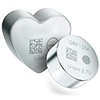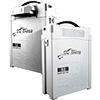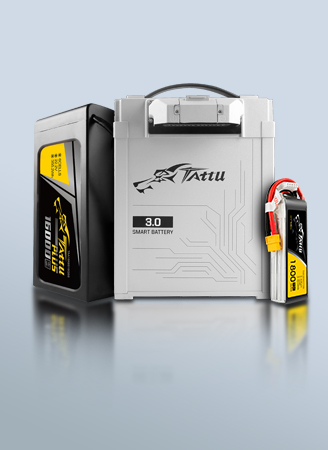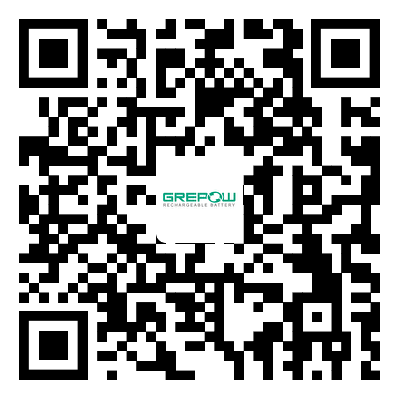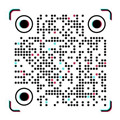The Internet of Medical Things (IoMT) can help us for COVID-10
Medical Internet of Things namely through radio frequency identification, infrared sensors, global positioning systems, laser scanners, gas sensors and other information sensing equipment, according to the agreed agreement, the medical business-related personnel, assets, goods and the Internet connection, information exchange and communication, in order to achieve intelligent identification, positioning, tracking, monitoring and management of medical institutions a kind of network. In short, the Internet of Medical Things is the "Internet of Connected Things" with the goal of serving the medical business.
With the recent COVID-19 epidemic, the global healthcare system is under tremendous pressure. With doctors mobilized to treat COVID-19 patients and hospitals requiring the vulnerable and elderly to isolate themselves to avoid exposure to the virus, hospitals do not have the capacity to address all pathologies. But the need to care does not concern the crisis! And, if IoMT can't eliminate viruses, it can at least help contain them and make healthcare more accessible.
The Internet of Medical Things (IoMT) provides an opportunity to help healthcare professionals remotely access accurate and personalized data about their patients, improve the speed and accuracy of diagnosis and treatment, and monitor their health in real time. With tools such as tracking devices and sensors, remote patient monitoring (RPM), telemedicine and connected assistance, individuals can record their behaviors, obtain online diagnoses and manage their health more effectively, without leaving their homes. It can be effective in improving patient prognosis in both directions.
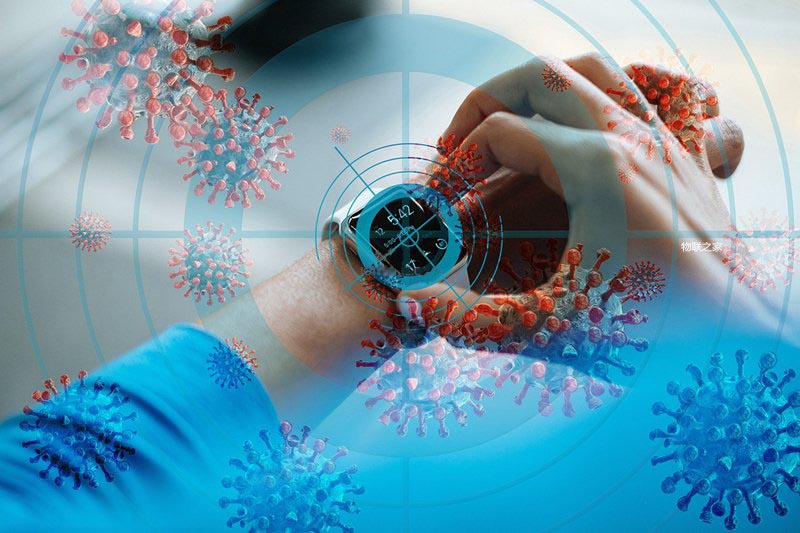
When the crisis drives adoption
The use of IoT in healthcare has greatly increased in recent years, and advances in computing and processing power, wireless technology, and miniaturization are driving innovation in the development of connected medical devices. Almost 90% of healthcare organizations have adopted healthcare IoT due to the COVID-19 explosion, and this market segment is one of the highest IoT investment and growth regions in 2020. Indeed, IoT healthcare solution providers must quickly implement solutions to address the need to track down the root causes of pandemics or provide quality services to the imprisoned to increase the speed of adoption. Applications such as heat sensors, telemedicine, inpatient monitoring, medication management, connected imaging, connected healthcare, connected ambulances, and many others are gaining traction.
1. Tracing the root causes of pandemics to predict epidemics
One of the first uses of the IoT during a pandemic is to trace its origins: where it originated, where the pockets are, and whether people are complying with quarantine measures. This information is crucial for de-restriction strategies. the combination of IoT sensors and AI is more powerful and more accurate than human reports. especially in a rapidly evolving pandemic. Several governments have already implemented these new surveillance tools with the help of healthcare experts.
Thermal imaging technology is already being used in many airports in Asia or Europe to track people with fevers, and IoT heat sensors are expected to become commonplace in office buildings, restaurants, and other public places. In Italy, such sensors have been installed on drones. The drones will send information to operators, who can view heat maps on their handheld screens and also shout out to offenders to tell them to go home. In South Korea, infected citizens are tracked and alerts are sent to others as they come into contact with them.
2. Making a diagnosis
Still in the early stages of the project is an innovation being developed by Harvard and MIT researchers: the mask lights up when a sensor detects coronavirus in saliva. When a person with coronavirus breathes, coughs or sneezes, the mask produces a fluorescent signal. The virus itself is detected instead of being detected, thus addressing a shortcoming associated with other screening methods, such as temperature checks. A second generation of portable, battery-powered readers could provide lab-quality results in resource-poor environments. If the technology proves successful, it could be a cheaper, faster, and more sensitive form of detection than traditional diagnostic tests.
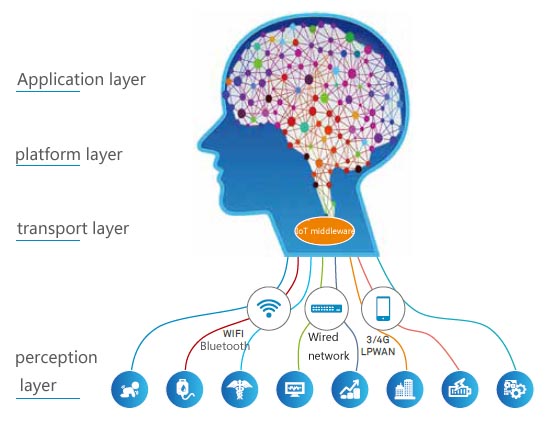
3. aiding social alienation
IoT can also help with social distance in public or private spaces. Sensors can be used to monitor the density of a store or office. If too many employees and visitors enter the space, an access control system will alert or block entry to prevent people from entering the building. Pedestrian-only counters are available at more than 180 locations across Australia. The data informs city councils, which can then see the social and economic impact of the crisis. It is also shared with health organisations or local medical centres to find out where the best place to set up test facilities is.
4. Care for patients in the comfort of their own homes
Remote patient monitoring (RPM) and telemedicine are useful for patients with chronic diseases who require ongoing care while self-isolating to reduce exposure to COVID-19. A wide range of wearables, biosensors, and other medical devices, coupled with mobile connectivity, can enable remote health monitoring. Next-generation analytics provide new insights for healthcare professionals, who can detect patterns more easily. Real-time monitoring can also save lives in the event of a medical emergency such as diabetes, heart failure or an asthma attack.
Smart pills are another solution for patient self-reporting and on-site clinical monitoring. They have three main applications: diagnostic imaging, medication delivery and patient monitoring. Sensors the size of a grain of rice are placed in the pills. They send signals to an external device to ensure proper dosing and usage or data transmission to the physician. In addition, they can remind patients to take prescriptions and even prescribe future medications. Patients can access this information via their smartphones to track their individual performance and improve their habits.
IoMT can also be used to ensure hospital security and management of scarce resources.
5. Manage resources and ensure hospital security
Safety is a major concern for hospitals and healthcare organizations around the world. How are you protecting thousands of patients and workers? How do you manage your resources and ensure that you have enough beds, protective materials and medication? How do you ensure that precious medical hardware like respirators don't malfunction? How easy is it for you to report conditions to government officials at your hospital?
The fifth area where IoMT can help with the COVID-19 crisis is the use of IoT and RFID to track, monitor and predictively maintain assets. Medical equipment and medical assets are equipped with trackers that can virtually monitor medical hardware and alert hospital staff to any signs of trouble. Inventory levels, medical equipment and other assets, and (smart) hospital beds are equipped with similar tracking devices that aggregate and provide real-time availability of materials.
Hospitals also benefit from smart building technology that measures and manages temperature, air conditioning, cleanliness, specific environmental controls or security. Robots can even clean when an area is considered dirty.
Epidemics have transformed people and organizations in many ways and are providing a new starting point for digital infrastructure. New business models are being created to help organizations, health professionals and citizens understand the complexity of disease and ensure preventive measures are taken. The need for remote patient monitoring and management, from medical supplies to industrial equipment, has been demonstrated, but IoMT still faces many challenges.
Health organizations and governments will need to use more sensors and networks to connect assets, processes and people at scale.
Enhanced connectivity is critical to help improve performance and ensure widespread development of IoMT technology
There must be better data sharing within public institutions and between public and private (e.g., public and private hospitals). Currently, we only have a decentralized view of data.
Changes to privacy regulations are needed in order to use people's data. We are heading towards a medical revolution that will shake up individual liberties and could spark a huge ethical debate....
The ability to process, integrate and streamline all data in all phases of the public health response is critical to the success of this technology. In this sense, AI will play an increasingly important role in IoMT because of the need to keep doctors informed, but not overwhelmed by data.
The application of medical IoMT technology can help realize the intelligent and informatization of hospital treatment, management, and service processes, and by establishing an integrated management system, care system, and service system, it can help hospitals improve their service levels and optimize the allocation of various resources, thus improving their efficiency and providing more humane services to patients. Medical IoT applications are still in the exploration and initial stage, and construction standards and construction models are not the same. Medical institutions need to make a holistic and unified plan with their own business needs, and reserve open interfaces for medical IoT construction. At the same time, the immaturity of medical IoT causes expensive hardware and software architecture, in the construction process can first take a pilot approach to find out a set of construction mode suitable for their own needs, and gradually promote, and eventually realize the hospital embrace medical IoT.
If you are interested in our IoT battery products, please don't hesitate to contact us at any time!
Email: info@grepow.com
Click for more IoT batteries here: https://www.grepow.com/page/iot-battery.html
Related articles:
NBA Players Wear Smart Rings to Track COVID-19
Covid-19 to prompt battery manufacturing capacity decline in China
Related Articles
-
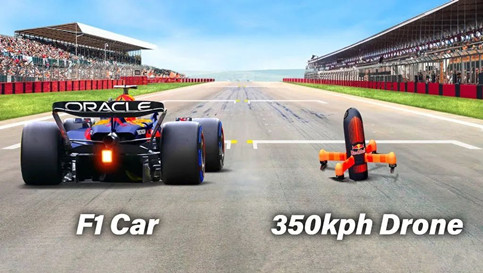
New Racing Record | Red Bull Team Builds World's Fastest Drone to Chase F1
2024-03-02 -
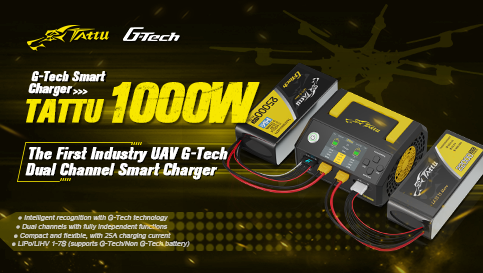
Tattu TA1000 Dual-Channel Smart Charger: The Versatile Charging Solution
2024-02-29 -
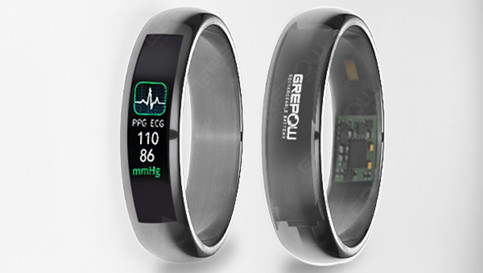
What is a smart ring battery and the manufacturing process?
2024-02-02




